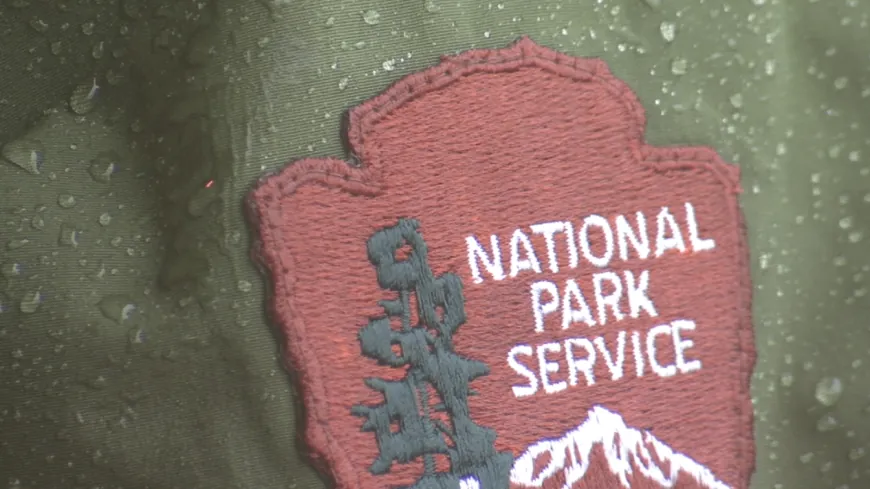Rappahannock Tribe, 5 others across U.S. sign preservation agreements with National Park Service

KING AND QUEEN COUNTY, Va. (WRIC) -- The Rappahannock tribal nation located in King and Queen County joined five other tribes across the U.S. in signing preservation agreements with the National Park Service (NPS).
The Rappahannock Tribe, found in the Indian Neck area of the county, is a state and federally-recognized tribal nation.
In a Nov. 14 press release, the NPS announced that it had signed Tribal Historic Preservation agreements with the Rappahannock Tribe, as well as five other tribal nations in different states, during the 2024 fiscal year.
These agreements transfer "certain historic preservation responsibilities that would otherwise be the responsibility of the state in which the tribe is located" to the tribal nation, according to the release. These responsibilities are then managed through a Tribal Historic Preservation Office (THPO) on the tribe's land.
Some of these responsibilities include "providing public information, education, training and technical assistance for historic preservation efforts," as well as "surveying historic places to create and implement a comprehensive historic preservation plan for the Tribe," the NPS said.
In the release, the NPS provided an example of what this looks like in practice. In 2023, the Walker River in Nevada flooded significantly, causing damage to the Walker River Paiute Tribe's reservation lands.
The tribal nation's THPO was able to aid in recovery efforts by surveying, documenting and monitoring items of cultural and historic importance, including resources, sites, structures and artifacts.
"These assessments helped to draft strategies that aim to ensure the preservation of the Tribe’s cultural heritage for future generations in the face of natural disasters," the NPS said.
The NPS is responsible for administering this Tribal Historic Preservation Program as laid out by the National Historic Preservation Act. According to the release, it assists all tribal applicants as they develop their preservation plans -- a process that can take over a year -- prior to the agreement being signed.
The other five tribal nations that signed agreements this fiscal year included:
- The Tule River Indian Tribe, located in California
- Pueblo of Nambé, located in New Mexico
- The Grand Traverse Band of Ottawa and Chippewa Indians, located in Michigan
- The Nisqually Indian Tribe, located in Washington
- The Peoria Tribe of Indians, located in Oklahoma
These tribes join a total of more than 220 that have previously signed such agreements.

 VENN
VENN 





